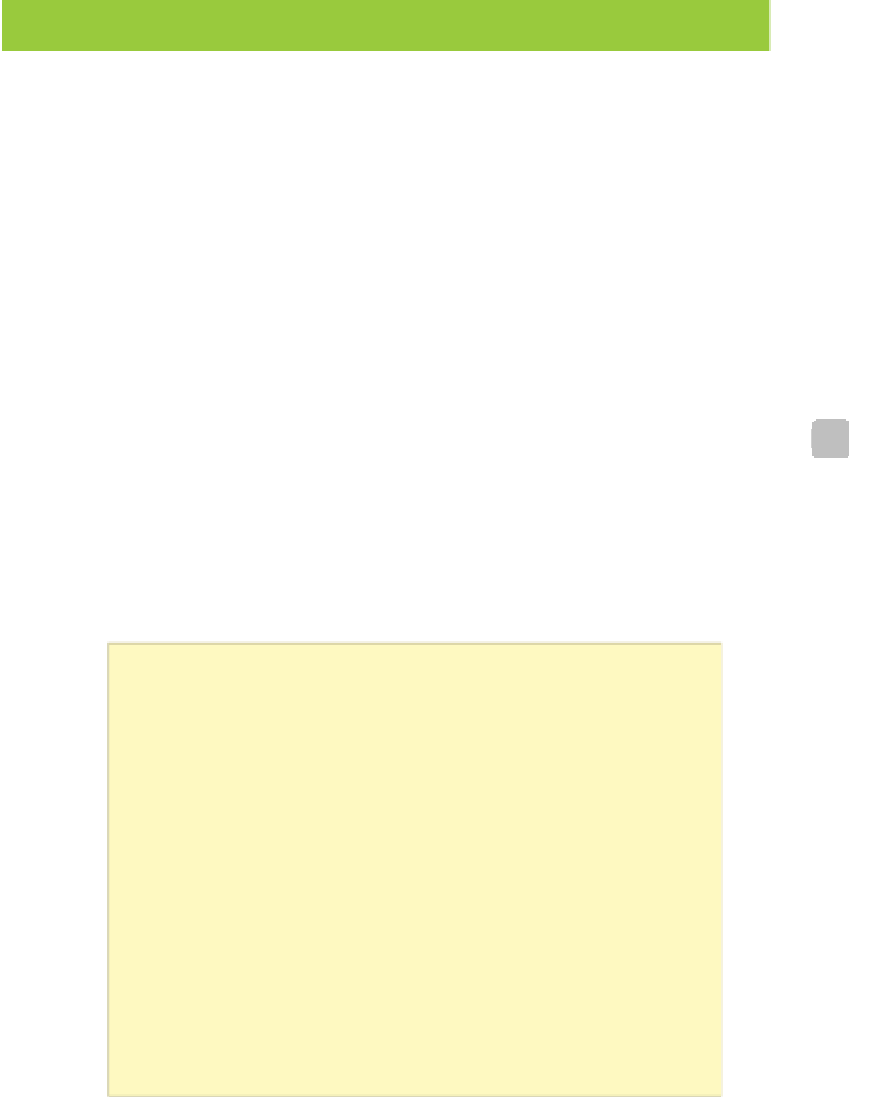Java Reference
In-Depth Information
A
timer
object, created from the
Timer
class of the
javax.
swing
package, can be thought of as a GUI component.
However, unlike other components, it does not have a visual
representation that appears on the screen. Instead, as the
name implies, it helps us manage an activity over time.
A timer object generates an action event at regular inter-
vals. To perform an animation, we set up a timer to generate an action event peri-
odically, then update the animation graphics in the action listener. The methods
of the
Timer
class are shown in Figure 9.8.
The program shown in Listing 9.15 displays the image of a smiling face that
seems to glide across the program window at an angle, bouncing off of the win-
dow edges.
The constructor of the
ReboundPanel
class, shown in Listing 9.16, creates a
Timer
object. The first parameter to the
Timer
constructor is the delay in milli-
seconds. The second parameter to the constructor is the listener that handles the
action events of the timer. The constructor also sets up the initial position for the
image and the number of pixels it will move, in both the vertical and horizontal
directions, each time the image is redrawn.
KEY CONCEPT
A
Timer
object generates action
events at regular intervals and can
be used to control an animation.
VideoNote
Example using the
Timer
class.
Timer (
int
delay, ActionListener listener)
Constructor: Creates a timer that generates an action event at
regular intervals, specified by the delay. The event will be handled
by the specified listener.
void
addActionListener (ActionListener listener)
Adds an action listener to the timer.
boolean
isRunning ()
Returns true if the timer is running.
void
setDelay (
int
delay)
Sets the delay of the timer.
void
start ()
Starts the timer, causing it to generate action events.
void
stop ()
Stops the timer, causing it to stop generating action events.
FIGURE 9.8
Some methods of the
Timer
class






Search WWH ::

Custom Search